Follower of Giovanni Battista Salvi, known as the Sassoferrato (Sassoferrato, 1609 - Rome, 1685)
Holy family
Oil on canvas, cm 80 x 88
With frame, cm 114 x 120
Giovanni Battista Salvi, better known as the Sassoferrato from the name of his hometown in the Marche region, was a significant exponent of Baroque in central Italy. His artistic training began in the workshop of his father, Tarquinio Salvi, also a painter, some of whose works remain in the church of San Francesco in Sassoferrato. It is believed that he had a brief apprenticeship with Domenichino, an influence reflected in the classicism and serenity of his compositions. Having moved to Rome around 1641, Sassoferrato distinguished himself by a pictorial style that looked at the classicism of the Renaissance, in particular at Raphael. His predilection for a more archaic artistic language made him a figure well distinguishable in the context of full Roman Baroque, dominated by a dynamism and more accentuated scenic effects. His production was extensive and focused mainly on religious themes, in particular images of the Virgin Mary. His Madonnas are characterized by a great purity of lines, delicate colors and an expression of sweet and serene devotion, which met the favor of religious and private committenza. Among his most famous works are the Madonna del Rosario (1643), altarpiece for the basilica of Santa Sabina in Rome, considered his masterpiece, and the Madonna Orante, preserved at Sassoferrato. Despite his more contemplative style and less in line with the dominant trends of his time, the Sassoferrato enjoyed an undeniable fame and his works were appreciated for their elegance and deep spirituality. He died in Rome in 1685, leaving behind a body of works that testify to a singular interpretation of classicism in the context of the Italian seventeenth century.



































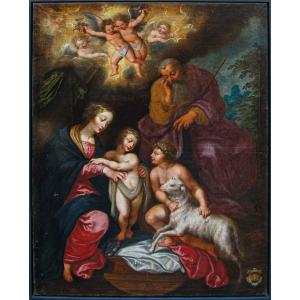


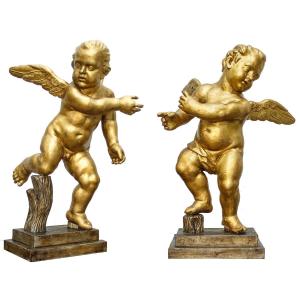

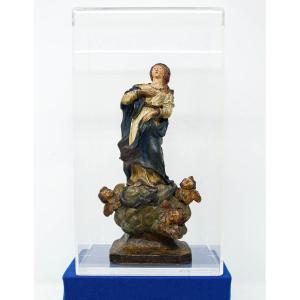




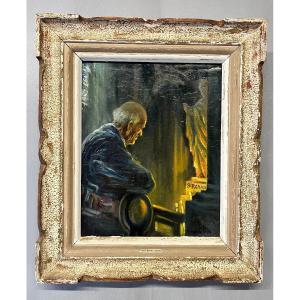
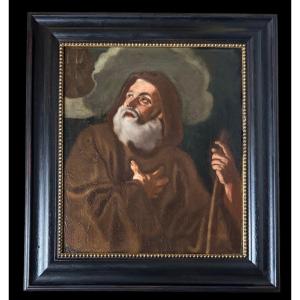



 Le Magazine de PROANTIC
Le Magazine de PROANTIC TRÉSORS Magazine
TRÉSORS Magazine Rivista Artiquariato
Rivista Artiquariato